Related Research Articles

Charles VIII, contemporaneously known as Charles II and called Charles I in Norwegian context, was king of Sweden and king of Norway (1449–1450).
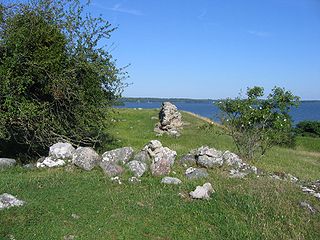
The Swedish nobility has historically been a legally and/or socially privileged class in Sweden, and part of the so-called frälse. The archaic term for nobility, frälse, also included the clergy, a classification defined by tax exemptions and representation in the diet. Today the nobility does not maintain its former privileges although family names, titles and coats of arms are still protected. The Swedish nobility consists of both "introduced" and "unintroduced" nobility, where the latter has not been formally "introduced" at the House of Nobility (Riddarhuset). The House of Nobility still maintains a fee for male members over the age of 18 for upkeep on pertinent buildings in Stockholm.
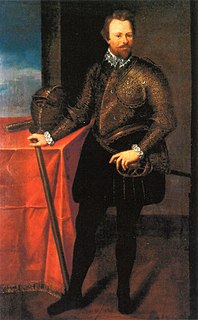
Prince Charles Philip of Sweden, Duke of Södermanland, was a Swedish prince, Duke of Södermanland, Närke and Värmland. Charles Philip was the second surviving son of King Charles IX of Sweden and his second spouse, Duchess Christina of Holstein-Gottorp.
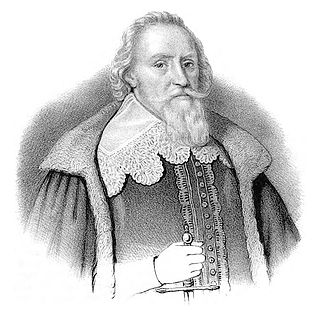
Johan Skytte was a Swedish statesman who founded the University of Tartu.

Jakob Benzelius was Archbishop of Uppsala in the Church of Sweden from 1744 to his death.

Eva Ekeblad was a Swedish countess, salon hostess, agronomist, and scientist. She was widely known for discovering a method in 1746 to make alcohol and flour from potatoes, allowing greater use of scarce grains for food production, significantly reducing Sweden's incidence of famine.
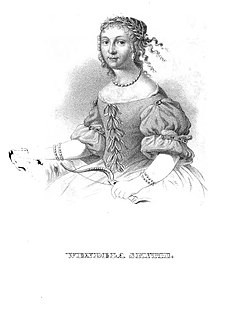
Vendela Skytte was a Swedish noblewoman, salonist and writer, poet and Lady of Letters. During her lifetime, she became an ideal and role model for a learned female scholar.
The Doomsday Prophets is an opera by Wilhelm Peterson-Berger, to his own Swedish libretto, composed from 1912–17. It was first performed at the Royal Opera, Stockholm on 21 February 1919.
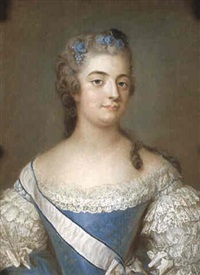
Hedvig Catharina von Fersen, née De la Gardie was a Swedish noble. She was the daughter of the General and riksråd count Magnus Julius De la Gardie and the political salonist Hedvig Catharina Lilje, and sister of scientist Eva Ekeblad.

Sjöö Castle is a castle in the tiny Parish of Holm, in the Municipality of Enköping in Uppland, Sweden. The Sjöö Castle Palace with its park is considered one of the most beautiful in Sweden, with its perfect and harmonious proportions.
Benzelius is the surname of a Swedish family of pastors and theologians, which originated in Bensbyn in the municipality of Luleå, from which the surname was formed in Latin.
Ebba Mauritzdotter Leijonhufvud, also called Ebba Mauritzdotter Lewenhaupt, Countess of Raseborg, Lady of Käggleholm, Eksjöhovgård and Tullgarn, was a Swedish noble and courtier and member of the Leijonhufvud family. She served as överhovmästarinna in 1633–1634 and foster mother in 1639–1644 to Christina, Queen of Sweden. She was also known for her donations to various churches.

Catharina Wallenstedt, née Wallia was a Swedish letter writer and courtier. She is known for her collection of letters. Composed of a collection of about 350 letters written between 1673 and 1718, mostly to her spouse and daughter Greta, they have been the object of research.

The Hammarskjöld family, also known as Hammarskiöld family, is a Swedish noble family, enrolled in Riddarhuset with the number of 135.
Gyldenär, is the surname of an extinct Swedish noble family, enrolled in Riddarhuset [ "House of Nobility" ] with the number of 388.

The Grill family are noted for their contribution to the Swedish iron industry and for exports of iron and copper during the 18th century. Starting as silversmiths and experts on noble metals the Grills became engaged in a wide range of businesses. After 1700 the family began its rise to prominence. They owned ironworks, while operating wharfs, and importing material related to shipbuilding. The Grills benefited from mercantilist policy. With a positive balance on their account the Grills became engaged in banking, also in the Dutch Republic; around 1720 in the market for government liabilities and then mediating large credits and clearing international bills of exchange. The Grills had significant influence with the Swedish East India Company (SOIC); three members became directors of the SOIC and the Grill firm traded as members of the SOIC and privately.
Lilliestierna is a Swedish noble family as well as the name of an earlier, extinct, noble family.
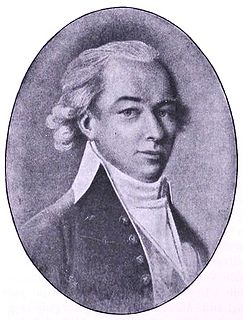
Baron Salomon Maurits von Rajalin was a Swedish Navy admiral and civil servant.

Magnus (Måns) Rosén von RosensteinnéAurivillius was a Swedish Navy rear admiral. After having served in the Fleet of the Army, Rosenstein joined the Royal Navy in the American Revolutionary War against the French. He then joined the French Navy and took part in the Battle of the Saintes where he was taken prisoner by his former commander Admiral Sir Peter Parker and was imprisoned in England. He was quit immediately released, returned to Sweden and would later distinguished himself in the Battle of Svensksund. Rosenstein retired with the rank of rear admiral in the Swedish Navy in 1797 and died in his hometown of Uppsala in 1801.

Wachtmeister is a Swedish noble family from Livonia, who immigrated to Sweden in the 16th century. The name Wachtmeister is German for 'sergeant'.
References
- (in Swedish)Svenskt biografiskt lexikon [ Swedish Biographical Dictionary ]
- (in Swedish) [Johan] Gabriel Anrep, "Adel ätten [ Noble family of ] Edenberg, N:o 617, †.", Svenska adelns Ättar-taflor [ Pedigree Tables of the Swedish Nobility ], Volume 1 (Stockholm: P. A. Norstedt & Söner, 1858), pp. 650–651
- Statistics Sweden [ Statistiska centralbyrån ], “Namesearch. How many are named…?", results obtained 4 January 2014.